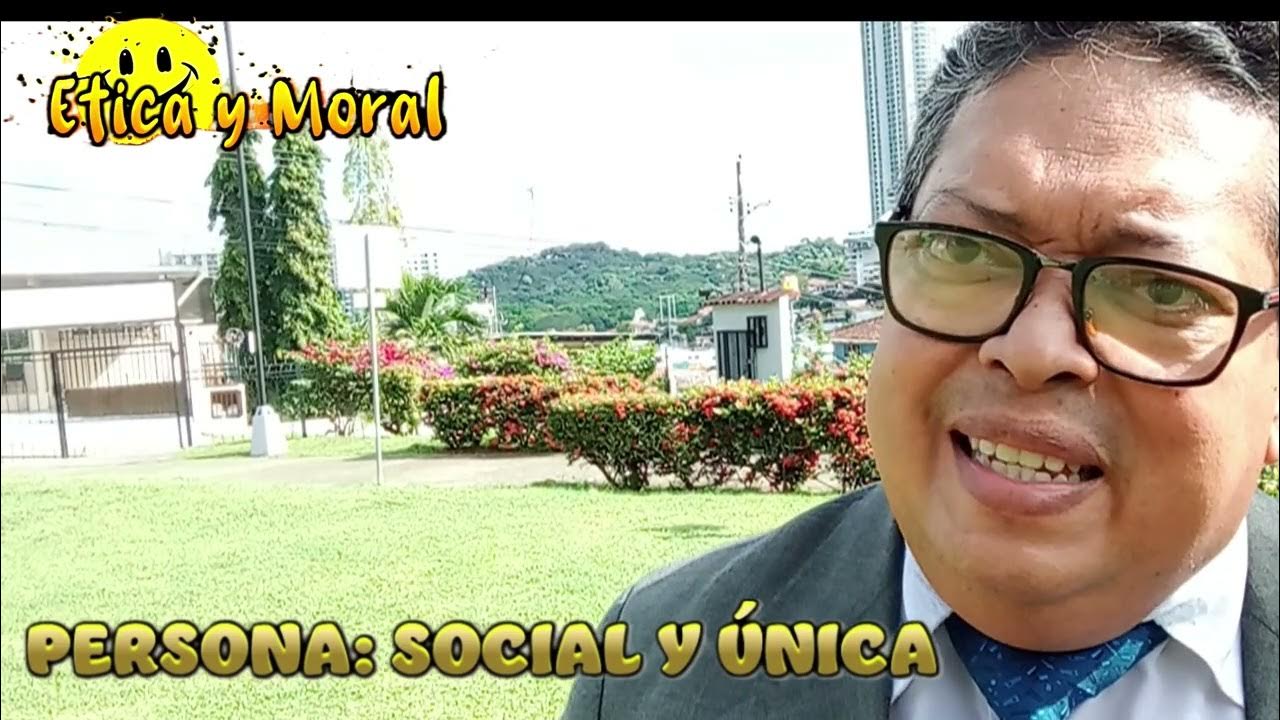How to Write a Podcast Script (WITH TEMPLATES)
Summary
TLDREste video ofrece una guía para escribir un guion de podcast efectivo. James Mulvaney, un emprendedor en el espacio de los podcasts, comparte ocho elementos clave para incluir en el guion: introducción, mensaje de patrocinador, presentaciones, segmentos, temas principales, resumen, despedida y llamado a la acción. Cada elemento se explica para mantener la fluidez del podcast y permitir que el personalidad del conductor se filtre a través del contenido, asegurando una experiencia de escucha memorable.
Takeaways
- 🎤 **Estructura flexible**: Un guion escrito para un podcast debe ser lo suficientemente estructurado como para mantenerse en tema, pero flexible para permitir la personalidad del conductor.
- 📝 **Introducción**: Es esencial tener una introducción que establezca el tono y dé una idea de lo que se va a tratar en el episodio.
- 📢 **Mensajes de patrocinadores**: Incluir anuncios o mensajes promocionales, ya sea al inicio del podcast o justo después de la introducción.
- 👋 **Presentaciones**: Introducir al conductor y a los invitados brevemente, sin entrar en detalles excesivos que puedan desviar la atención.
- 🔗 **Segmentos de conexión (segs)**: Utilizar segmentos para vincular diferentes partes del podcast y facilitar la transición entre temas.
- 🗣️ **Temas principales**: Planificar y listar los temas principales de discusión para asegurarse de que no se olviden aspectos importantes.
- 📊 **Resumen**: Al final del episodio, realizar un resumen para resumir los puntos clave y darle un cierre natural al episodio.
- 🎶 **Outro**: Agradecer a los oyentes y tal vez recordarles dejar una opinión o comentario, cerrando el episodio de manera amistosa.
- 💡 **Llamada a la acción**: Instar a los oyentes a tomar alguna acción, como suscribirse a un boletín o seguir en redes sociales, para fomentar la interacción y obtener retroalimentación.
- 🔗 **Descargas de recursos**: El conductor ofrece recursos adicionales, como plantillas de guiones y marcos, en su sitio web para ayudar a otros a crear podcasts de alta calidad.
Q & A
¿Qué es un guion de podcast y por qué es importante?
-Un guion de podcast es un documento que ayuda a mantener el podcast en orden y evita que se desvíe en exceso. Es importante para asegurar que el contenido fluya de manera coherente y se pueda transmitir la personalidad del conductor o equipo de podcast.
¿Cuál es la función de un guion estructurado si no permite inyectar personalidad en el podcast?
-Un guion estructurado permite seguir un formato mientras se permite a los conductores o invitados inyectar su personalidad y hacer que el podcast suene natural y no rígido.
¿Cuáles son las ocho cosas que se pueden incluir en un guion de podcast según James Mulvaney?
-Las ocho cosas son: 1) Introducción, 2) Mensaje del patrocinador, 3) Introducciones de los anfitriones y invitados, 4) Segues o enlaces entre secciones, 5) Temas principales de discusión, 6) Resumen del episodio, 7) Outro o despedida, y 8) Llamada a la acción.
¿Por qué grabar la introducción después de haber grabado el episodio?
-Grabar la introducción después permite resumir lo que está por venir y mantener a los oyentes interesados, prometiendo lo que aprenderán o descubrirán en el episodio.
¿Qué es un 'pre-roll' y cuándo se suele colocar en un podcast?
-Un 'pre-roll' es un mensaje publicitario que se suele colocar al comienzo del podcast, antes de que comience el contenido principal o justo después de la introducción.
¿Qué tipo de información se debe incluir en las introducciones de los anfitriones y los invitados?
-Se debe incluir una breve descripción de quiénes son, qué hacen y qué se puede esperar de su participación en el episodio, sin entrar en detalles excesivos.
¿Cuál es el propósito de los 'segs' o enlaces en un podcast?
-Los 'segs' son enlaces entre una sección y otra que ayudan a unir diferentes elementos del podcast y a facilitar la transición entre temas o características del programa.
¿Por qué es útil mapear los temas principales de discusión en el guion del podcast?
-Mapear los temas ayuda a asegurar que no se olviden aspectos importantes de la conversación y proporciona un punto de referencia para mantener el enfoque del episodio.
¿Cuál es el propósito de un resumen al final de un episodio de podcast?
-El resumen sirve para dar una visión general de lo que se ha discutido, resaltar citas o aprendizajes clave y también puede ser una oportunidad para mencionar lo que vendrá en futuras episodios.
¿Qué se debe hacer en el 'outro' de un podcast y por qué es importante?
-El 'outro' es una forma de agradecerle al oyente por escuchar, recordarles dejar una reseña o comentario y despedirse. Es importante para cerrar el episodio de manera amable y mantener la conexión con el oyente.
¿Qué es una 'llamada a la acción' y cómo afecta el crecimiento del podcast?
-Una 'llamada a la acción' es un mensaje que insta a los oyentes a tomar una acción, como suscribirse a un boletín o seguir en redes sociales. Ayuda a construir una conexión con la audiencia y fomentar el crecimiento del podcast.
Outlines

This section is available to paid users only. Please upgrade to access this part.
Upgrade NowMindmap

This section is available to paid users only. Please upgrade to access this part.
Upgrade NowKeywords

This section is available to paid users only. Please upgrade to access this part.
Upgrade NowHighlights

This section is available to paid users only. Please upgrade to access this part.
Upgrade NowTranscripts

This section is available to paid users only. Please upgrade to access this part.
Upgrade NowBrowse More Related Video
5.0 / 5 (0 votes)






